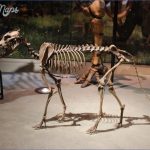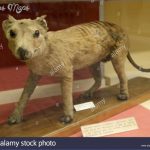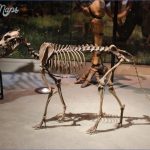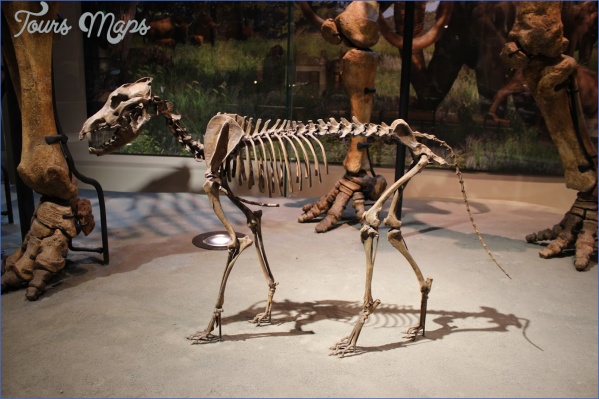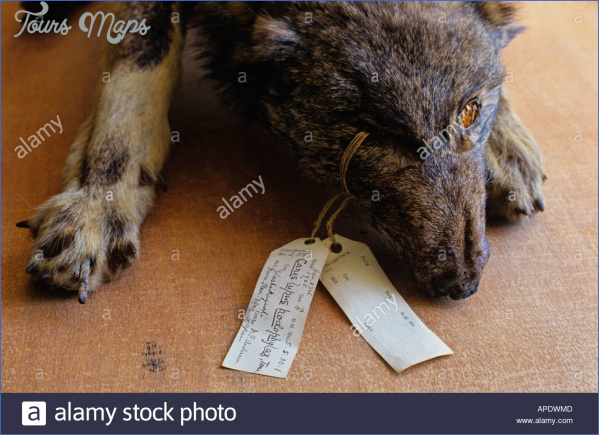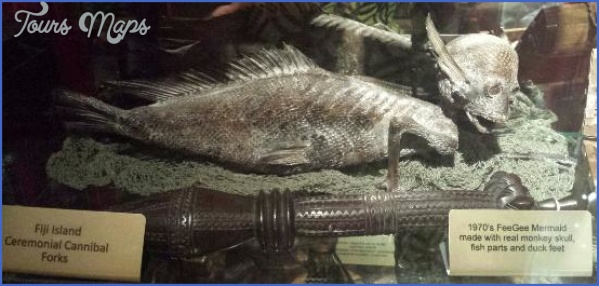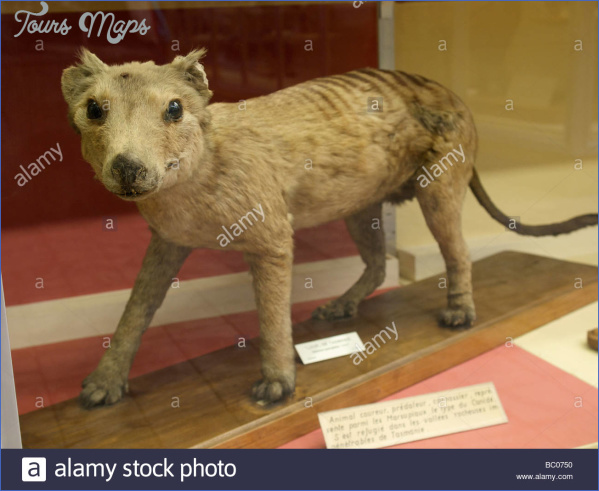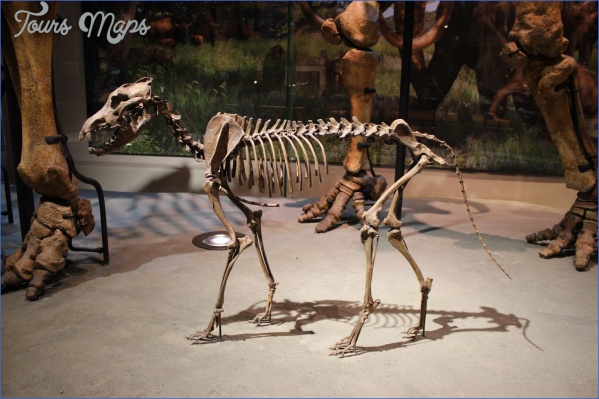WOLF MUSEUM
Everyone knows Hugo Wolf as an Austrian composer, but Windischgraz, where he was born in 1860, is now Slovenj Gradec, just on the Slovenian side of the border; and his mother and possibly his father too were of Slovenian ancestry. The father, Philipp Wolf, a keen amateur violinist and singer, was owner of a leather business which was destroyed by fire. The family house, however, still stands, on the handsome main street of the town; it was in fact a museum to
Wolf’s birthplace, Slovenj Gradec
Wolf in pre-war times, but its history as an Austrian institution precluded its survival in those turbulent years – indeed the plaque from the front of the building commemorating Wolf’s birth would have been destroyed but for its concealment by a local clergyman (it is now in the inner courtyard). Now the local music school, the house bears few traces of its domestic history.
On the first floor, however, the recital hall, seating about 60, serves as a memorial room to Wolf. It is lined with pictures, chronologically organized. There is a family tree, along with his birth and baptismal records, views of his school and the town and photos of Hugo as a child and with his brothers and sisters; there are reproductions of several portraits, of his writings and his manuscripts, and pictures of his various working environments and of his grave.
The main part of Wolf’s professional life was, of course, spent in Vienna. A century after he sought it out, the market town of Perchtoldsdorf still offers respite from the city. Wolf’s refuge, 14 km south of the centre of the capital, was a room on the first floor of the house at Brunnergasse 26, on the bend of a road within sight of the main square. He went there, to stay in the summer home of his friends the Werner family, during 1888-90 and again in 1895 and 1896.
WOLF MUSEUM Photo Gallery
By 1887 Wolf, 27 years old and of stormy temperament, had alienated many of his musical contemporaries with his behaviour and his forthright critical writ- Room at Wolf’s retreat in Perchtoldsdorf ings in the Wiener Salonbatt. He was a victim of hereditary manic depression and, further, had contracted syphilis, probably in 1878 in a Viennese brothel. His physical and mental health limited his periods of creativity. But his time at Perchtoldsdorf was particularly fruitful. He arrived there in January 1888 with his favourite Morike poetry in hand. Music flowed from his pen; he composed as many as three songs a day and by midMay had produced no fewer than 43 settings. He returned briefly in November, and twice in 1889: in May, intent on carving a reputation in a wider arena, working on settings of A Midsummer Night’s Dream and orchestrations of his Morike settings, and in October, to work on the Spanisches Liederbuch, of 44 lieder.
He travelled during the next few years, but returned to Perchtoldsdorf in April 1895. For a month he devoted himself to work on Der Corregidor before the Werners came to stay in their country home, but he completed the piano score of the opera in July and an orchestration by the end of the year. His final period there was in March and April the following year; again, composing with astonishing speed and intensity, he produced 24 songs for the Italienisches Liederbuch in just five weeks. The museum was established in 1973, when Otto Werner, the grandson of Wolf’s friends, presented the house and parts of his family collection to the community. One room – the large, airy one in which he is said to have lived and composed – is reconstructed, with original furniture: a desk, a bureau, two chests, a table and chairs, a sofa, a bentwood rocking chair and a bed as well as a Promberger grand piano. A death mask and busts are the only ornaments (besides the painted ceiling). Another room is devoted to an elegantly organized display. There are enlarged photos and manuscript facsimiles of works composed in Perchtoldsdorf, photos and letters, handbills, biographies and contemporary and modern editions of the music as well as a few precious mementoes including Wolf’s set of tarot cards, his hairbrush, his pocket watch, his wallet and some cups. Also on show are items touching on the Werner family and the history of the house. There is a recital room, seating just over 50, a video room and a small listening room. The peace that enabled Wolf to compose remains; the modern world barely intrudes on this delightful little suburban enclave.
Wolf lived at various addresses in Vienna, longest (between 1888 and 1894) at Billrothstrafie 68, in the suburb of Dobling; several buildings bear commemorative plaques. His piano, an upright by Caspar Lorenz, is housed in the Sammlung alter Musikinstrumente of the Kunsthistorisches Museum, Room XVIII, where there is also a portrait by Karl Rickelt of 1895. Wolf died in Vienna on 22 February 1903 and was buried in the Zentralfriedhof. In 1905 the Perchtoldsdorfer Manner-Gesangverein erected a plaque on the Brunnergasse house.
Maybe You Like Them Too
- TARTINI MUSEUM
- ISTANBUL MAP
- THE TREASURY OF TOPKAPI PALACE ISTANBUL
- IZMIR TURKEY
- THE PRINCES ISLANDS ISTANBUL



